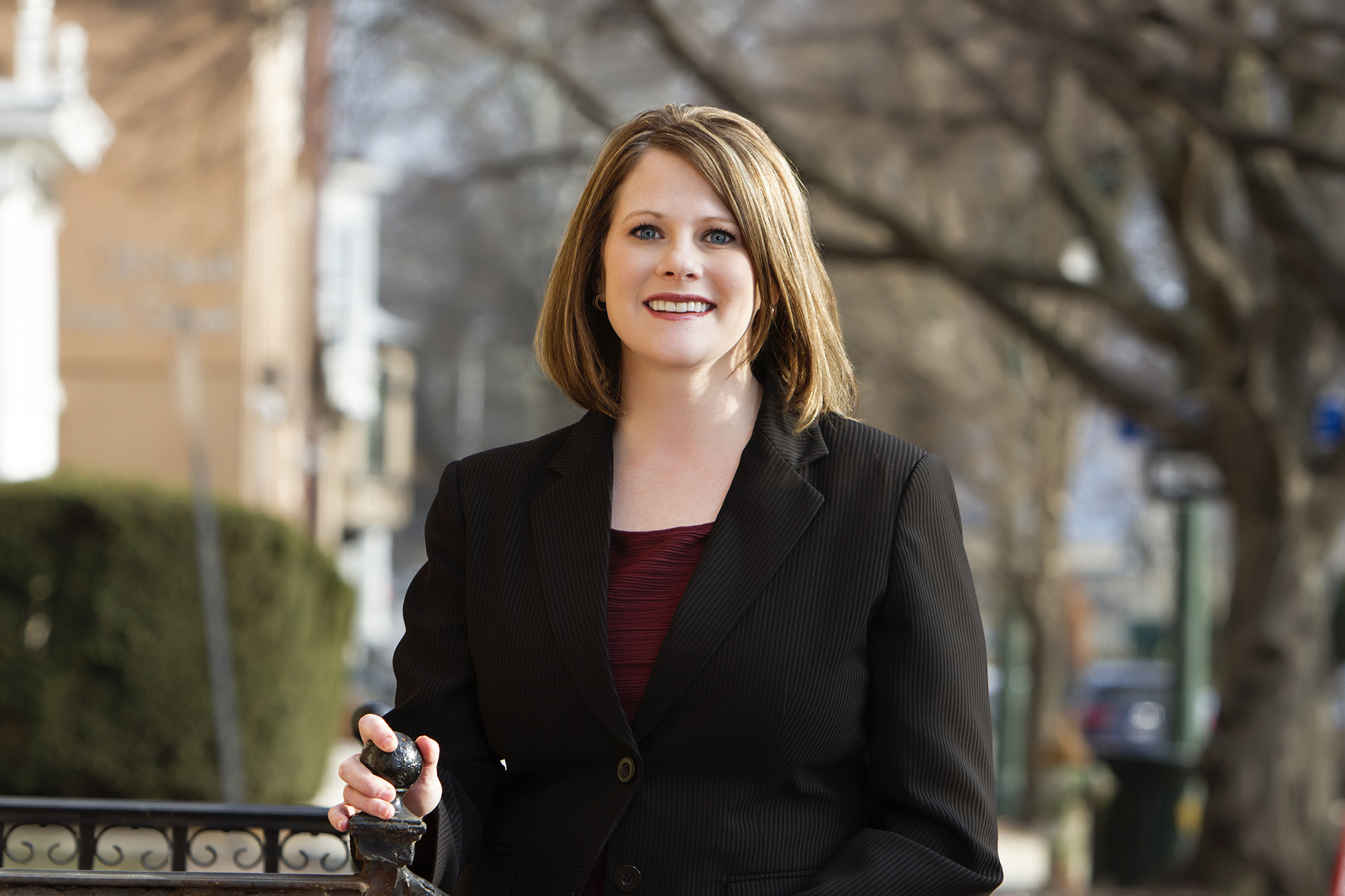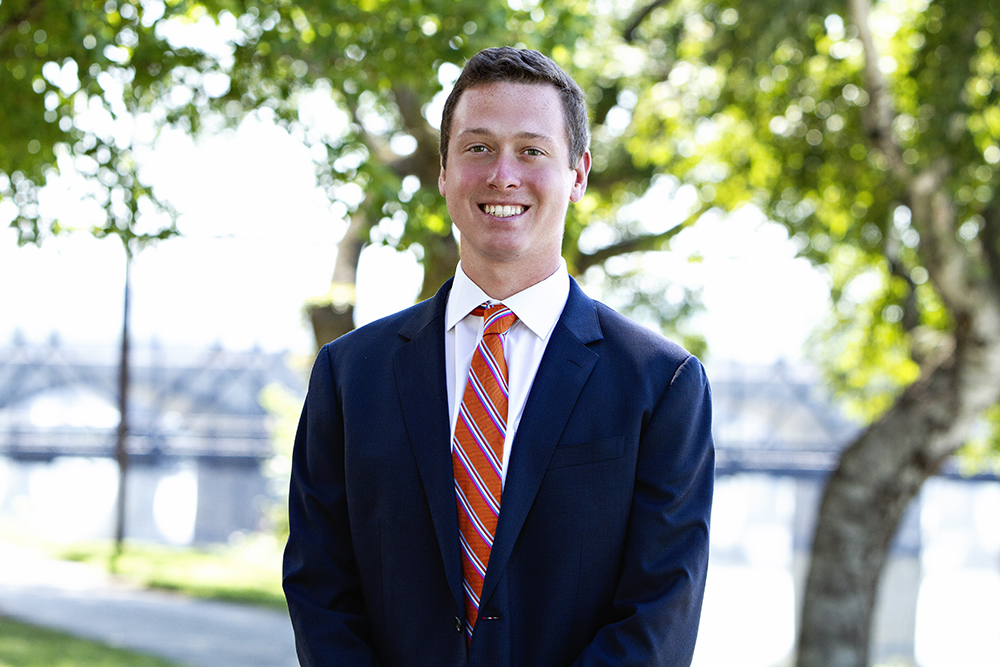Federal Reserve Bank Relief: Loan Facilities Overview
April 14, 2020
Publications
by Timothy Finnerty, Nicole Stezar Kaylor, David Noll and Benjamin Ward
On Thursday, April 9th, the Department of Treasury finalized plans to provide several layers of credit in response to the ongoing COVID-19 market disruptions. These offerings are in addition to, or as updates on, the several facilities put in place by the Federal Reserve Bank (the “Fed”) between March 21st and March 25th. While guidance on these loans, and information on the process surrounding applying for them, is still forthcoming, below is a summary of what we know so far.
Main Street New Loan Facility
As a follow-up to the PPP Loans, discussed here, the Department of Treasury is offering up to $75 billion to small and medium sized businesses between April 8th and September 30th (the “MSNLF Loans”). Any U.S. company with significant U.S. operations and a majority of employees located within the U.S. (a “U.S. Company”) with fewer than 10,000 employees or not more than $2.5 billion in 2019 revenues are eligible for loans. Loans will have 4-year terms with payment deferred for the first 12 months, interest at the Secured Overnight Financial Rate (currently around 0.01%) plus 2.5-4%. Loan principal can range from $1 million to $25 million, with a borrowing limit equal to the lesser of (i) 30% of the borrower’s committed but undrawn bank debt, or (ii) four times EBITDA minus the borrower’s committed but undrawn bank debt.
These loans are more narrowly tailored to the COVID-19 crisis than the PPP loans, with Treasury requiring borrowers to attest that they require the financing as a direct result of COVID-19 and that the borrower will use the funds to maintain payroll and retain employees. Accordingly, the loan proceeds may not be used to refinance other debt or pay other loans; including the borrower agreeing not to pre-pay any other debt until this facility is repaid. In addition, borrowers must agree not to pay dividends or engage in any stock buybacks (if a public company) for a one-year period after repayment of the loan and, for so long as the loan is outstanding, comply with certain employee compensation limitations contained in the CARES Act.
Any FDIC insured bank is eligible to participate in the lending program. 95% of each loan will be repurchased by the Treasury Department’s special purpose vehicle established for the program and the remaining 5% will stay with the lending institution. The lender will then receive a 0.25% service fee per year on the loan. In addition, lenders are required to charge borrowers a 1% origination fee.
Treasury is also offering an “expanded” version of the MSNLF Loan program (the “MSELF Loans”), that serve to extend further credit. Most of the above criteria are the same; however, the loan is specified to be unsecured. While the MSNLF Loan term sheet does not specify those loans are collateralized, this distinction suggests that clarification is forthcoming. The MSELF Loans expand the MSNLF Loans by removing (i) from the borrowing limit formula set forth above. In addition to the loan fees above, the lender will pay Treasury a 1% facility fee on the principal of the loan, but can charge this amount through to the borrower.
Term Asset-Backed Securities Loan Facility
As the name suggests, this $100 billion loan facility offers non-recourse asset-backed securities loans (the “TALF Loans”) to borrowers on 3-year terms. Unlike the MSELF Loans, and possibly the MSNLF Loans, the TALF Loans must be secured by U.S. denominated securities with the highest-grade rating from at least 2 rating organizations, and rating organization rating at less than the highest classification. Only certain asset classes (mortgages, student loans, and many other common commercial instruments) may back the securities; however, the list includes the majority of classes marketed or held by U.S. companies in trade. The securities must have derived after March 23, 2020, except for mortgages which must have arisen prior to such date. Specifics of the valuation of collateral and limitations on types of asset classes are laid out in the term sheet, accessible here.
Corporate Credit Facility – Primary and Secondary Markets
The Federal Reserve also committed $75 billion for corporate bond purchasing and debt offerings (the “CC Facility”): $50 billion will go towards the primary market and $25 billion towards the secondary market. With a leverage ratio between 3:1 on sub-investment grade bonds in the secondary market to 10:1 for primary market investment grade bonds, this provides for up to $750 billion in financing. The CC Facility is structured to serve as the sole purchaser in a new bond issuance (in the primary market) from a U.S. Company.
The Fed will purchase four-year or longer maturity bonds of BBB-/Baa3 rating or higher, with some exceptions for downgrades occurring from and after March 22, 2020. Borrowers that are FDIC insured or have received direct assistance under the CARES Act are ineligible to participate. Interest payments on debt will be deferable for 6 months from each payment date and will be added to principal on the bond or loan. Similar to the MSELF and MSNLF Loans, borrowers must commit to not making stock buybacks or dividends during the interest deferral period. Loans are made to borrowers on similar terms to the bonds that would be purchased, but substantial detail is not yet available on the terms of those loans.
Borrowers (issuers of the bonds) may refinance facilities maturing within 3 months or to obtain additional financing. Borrowers are limited to 130% of their lowest value of maximum outstanding bonds and loans during March 22, 2019 to March 22, 2020.
The secondary market element of the CC Facility authorizes the purchase of bonds and ETFs issued by qualifying issuers (as defined for primary market CC Facility) with remaining maturities of 5 years or less. The seller seeking to sell bonds to the CC Facility must also be a U.S. Company.
Municipal Liquidity Facility
The Fed has committed $35 billion to purchase up to $500 billion in State, municipal and county financing. Cities must have at least one million residents to qualify and counties must have at least 2 million. For Pennsylvania, this makes Philadelphia the only qualified city and Allegheny and Philadelphia the only qualifying counties (based on the last census). This Facility will purchase short-term notes that were issued within the last 24 months, up to 20% of the underlying government’s general revenue for 2017. Proceeds may be used for general cash flow purposes, including the purchase of other notes.
Conflict of Interest Rules
Each of the private credit facilities (the MSNLF Loans, the MSELF Loans, the TALF Loans, and the CC Facility) require the issuer (and seller with respect to secondary market transactions) to satisfy the conflicts of interest rules set forth in Section 4019 of the CARES Act. Those rules, in general, state that no company that is controlled by (using a 20% control threshold) certain government officials or their families may apply for any Section 4003 program (being the Federal Reserve facilities generally). This concern is not implicated for most borrowers. Section 4019 specifically includes stock options, warrants and profits interests for calculating the 20% threshold for control and further aggregates ownership among family members. While most businesses with U.S. Senators on their capitalization tables are aware of it, if a covered person appears on your capitalization table, make sure to look at these affiliation rules before submitting an application for one of the above facilities.
The above facilities are in addition to several previously established sources of funding through the Federal Reserve Bank offered to help companies respond to COVID-19 market disruptions. As additional state and Federal assistance options continue to arise, the McNees Corporate & Tax Group is continuing to follow guidance on these matters. Please reach out to any member of the Corporate & Tax Practice Group with questions about the financing options available to your business.
© 2020 McNees Wallace & Nurick LLC
McNees Corporate & Tax Client Update is presented with the understanding that the publisher does not render specific legal, accounting or other professional service to the reader. Due to the rapidly changing nature of the law, information contained in this publication may become outdated. Anyone using this material must always research original sources of authority and update this information to ensure accuracy and applicability to specific legal matters. In no event will the authors, the reviewers or the publisher be liable for any damage, whether direct, indirect or consequential, claimed to result from the use of this material.




